Saltwater Farming: Redefining Agriculture
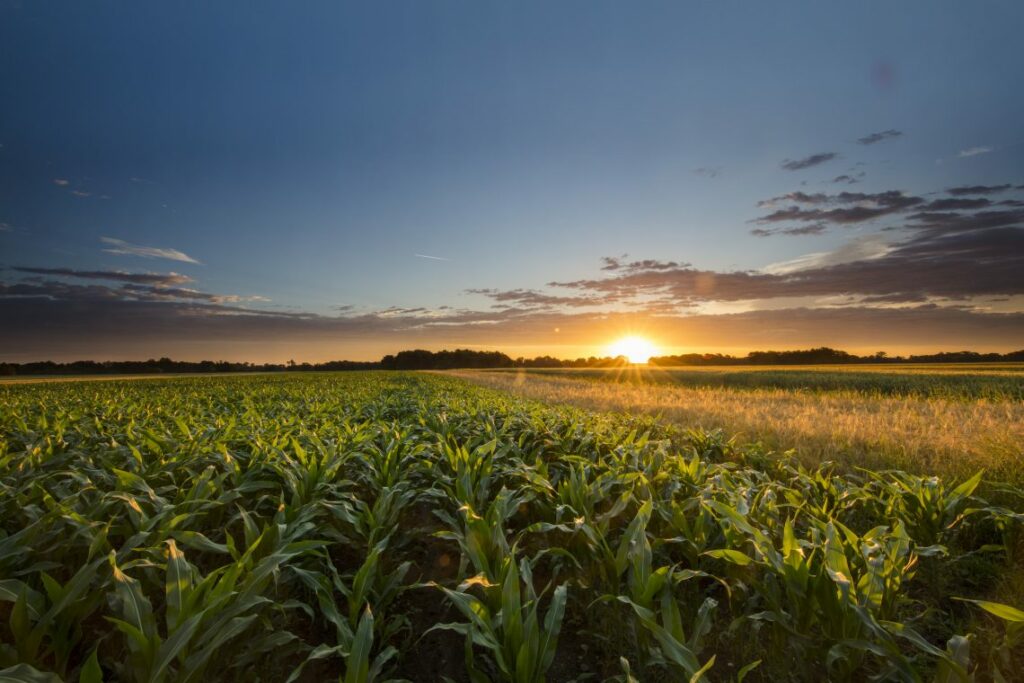
The future of farming has become an important discussion topic over the last decade. Agriculture has been associated with climate change, soil and water degradation, yield declines, biodiversity loss and health issues, so regulations in […]
From Chicken Barn to Bumper Crop: The (Almost Unbelievable) Story of One Very, Very Useful Fungi
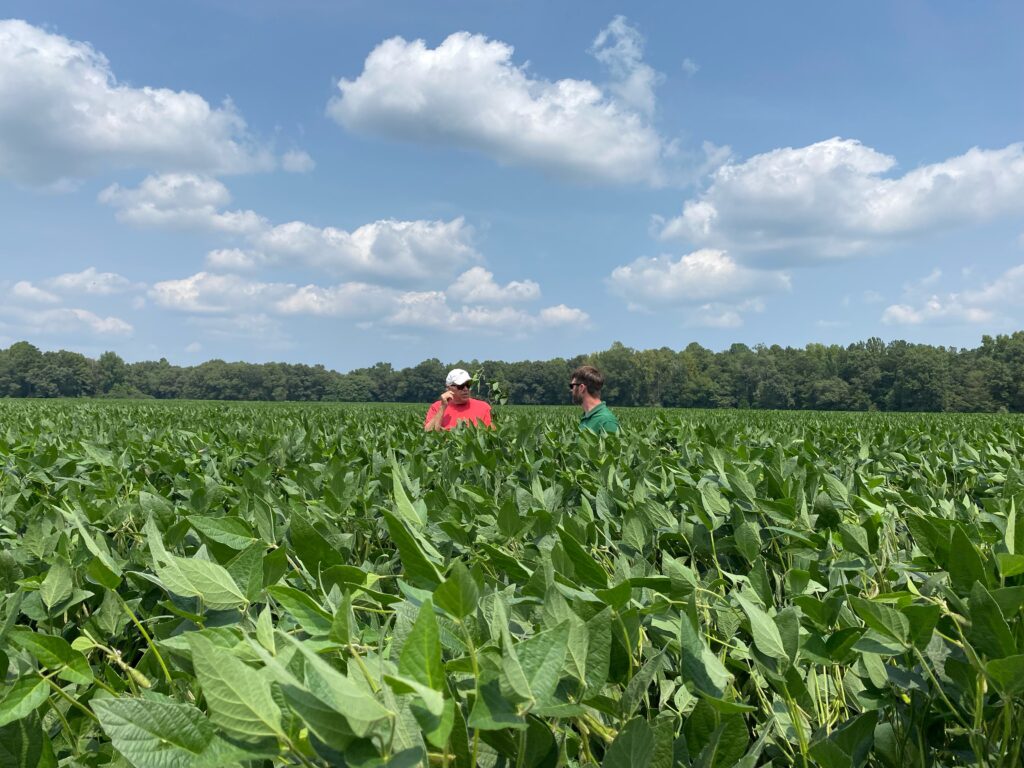
When my uncle, Jim Arends, first examined Beauveria bassiana in a chicken barn, he would never have guessed it would lead to a product that strengthens plants from the inside out, increasing […]
Beyond Biologicals
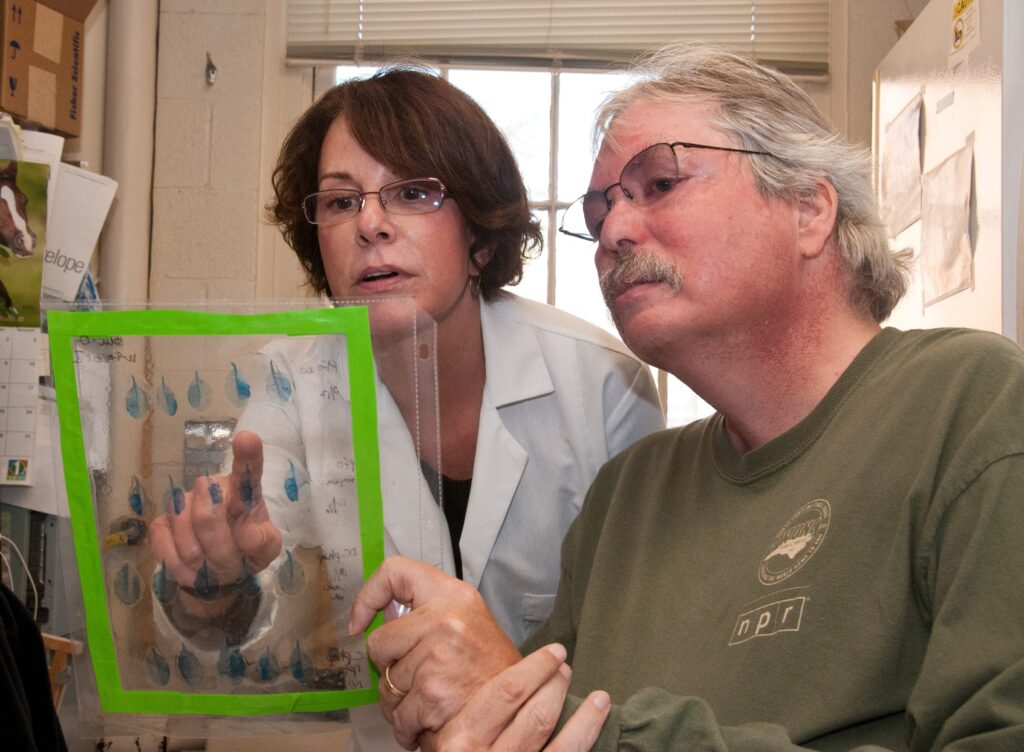
Most in the seed industry are well-familiar with the concept of biologicals: a broad category of microorganisms, plant extracts, biochemical compounds and other products derived from natural sources that are […]
Soybeans a Surprising Source of Greenhouse Gas
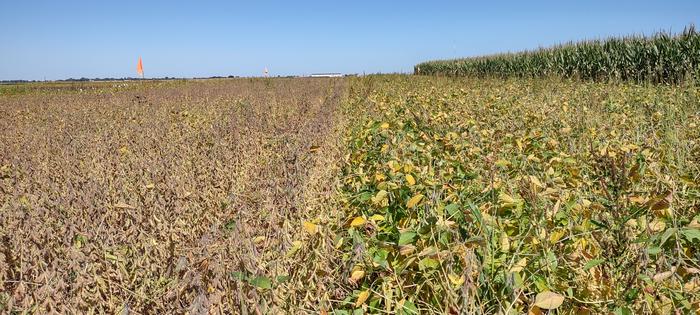
In Iowa’s iconic two-year crop rotation of corn and soybeans, soybeans contribute a surprising 40% of nitrous oxide emissions, according to a study by Iowa State University researchers. This potent greenhouse gas, with 300 times the heat-trapping power of carbon dioxide, underscores the need for fresh approaches to sustainable farming.
How Ukrainian Businesses are Preparing for Blackouts This Winter
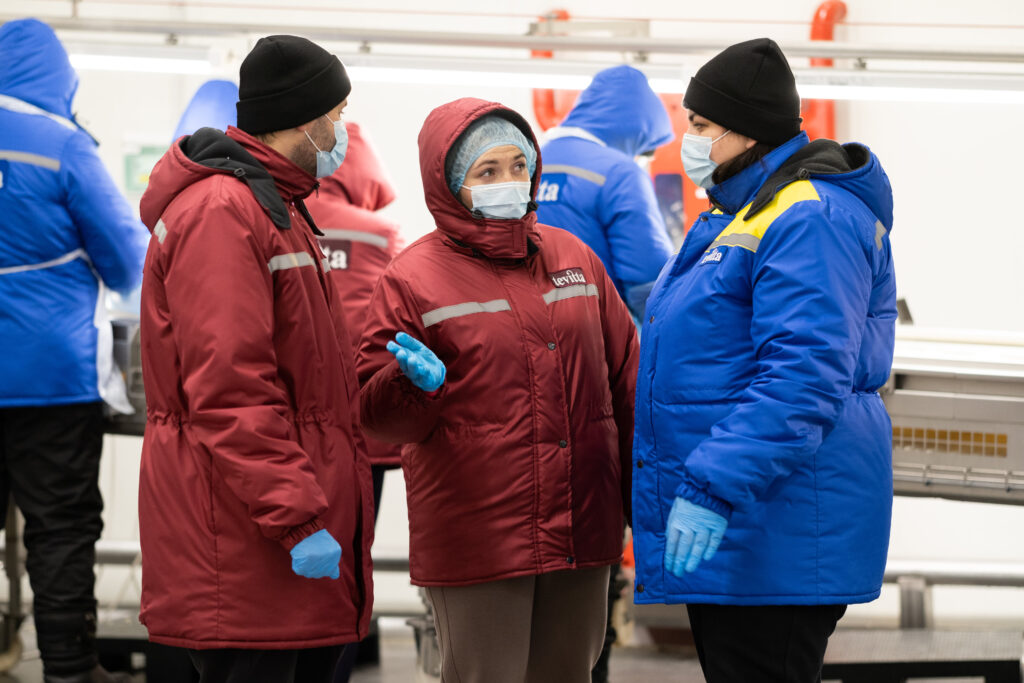
As Ukrainians brace for another challenging winter amidst the ongoing war and prolonged power outages, businesses across the country are preparing for disruptions. With Russian forces continuing large-scale attacks on […]
CSGA Opens Up its Membership to the Wider Seed Community

In a special member meeting held Tuesday in Calgary, the Canadian Seed Growers Association (CSGA) approved the reintroduction of two new membership classes that will open up CSGA’s membership to […]
New European Commission Team Welcomed by the Seed Sector

The European seed sector congratulated the newly appointed European Commissioners, officially confirmed after the European Parliament hearings. This leadership team is poised to play a pivotal role in tackling critical […]
Can We Avert the Looming Food Crisis of Climate Change?

Human activities are driving a rise in atmospheric carbon dioxide (CO2) levels, leading to an increase in global average surface temperatures and posing significant risks to crop growth. Concerned about […]
Cracking the Case: A Day in the Life of a Seed Detective
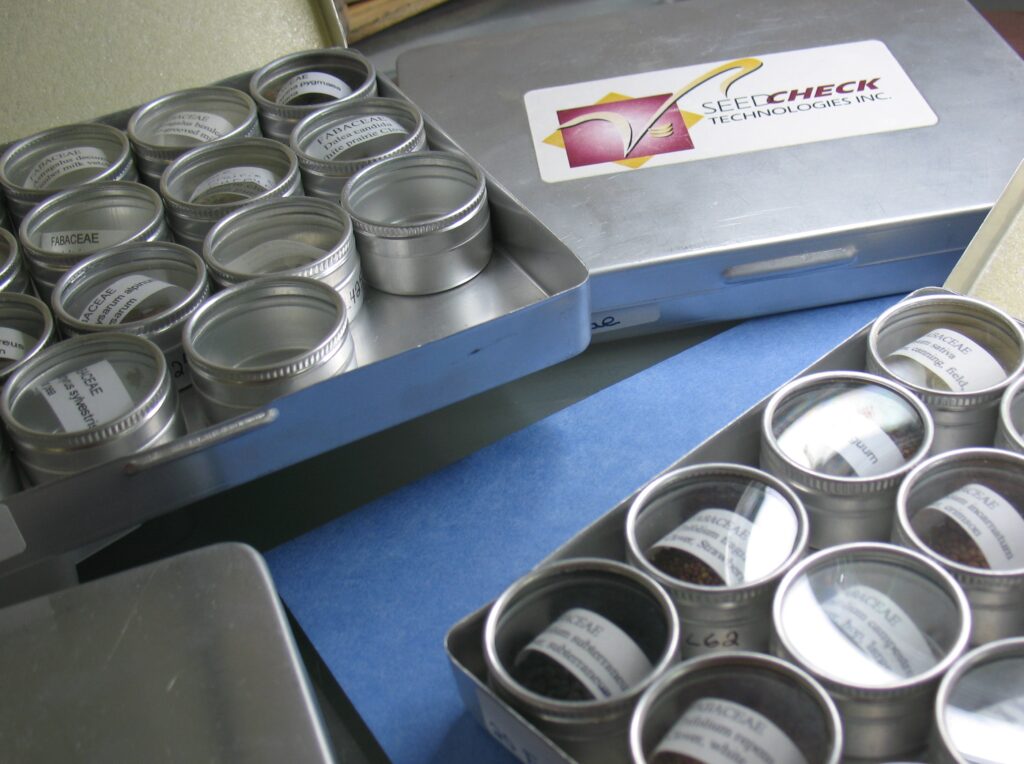
From plant families to environmental clues, a seed analyst at Seed Check tells us about piecing together nature’s puzzles. Working as a seed analyst feels a lot like being a […]
IoT: An Acronym to Remember

IoT: let’s try to memorize this acronym, because it will soon become common usage. It stands for Internet of Things. It is a neologism used in the IT sector, which […]
Multispectral Imaging: The Future of Quality Control in Seeds

Join us as Professor Birte Boelt from Aarhus University reveals how multispectral imaging is transforming the seed industry. Discover how this cutting-edge technology is revolutionizing seed quality and enhancing seed […]
New Insights into Soybean Gene Expression
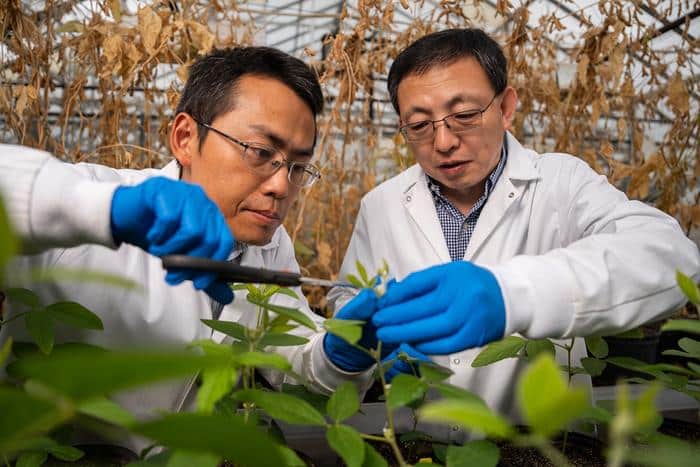
Advances in genomic research have unveiled alternative transcription initiation sites in thousands of soybean genes, reshaping our understanding of gene expression and its implications for crop improvement. Over 70 years […]
It’s the Season of Gratitude

In giving thanks this year; let’s continue the season of gratitude all year. First and foremost, I’m thankful for God’s abundant grace that guides and sustains me daily. My faith […]
Corn is King in the U.S., but will Trade Dynamics Change That?
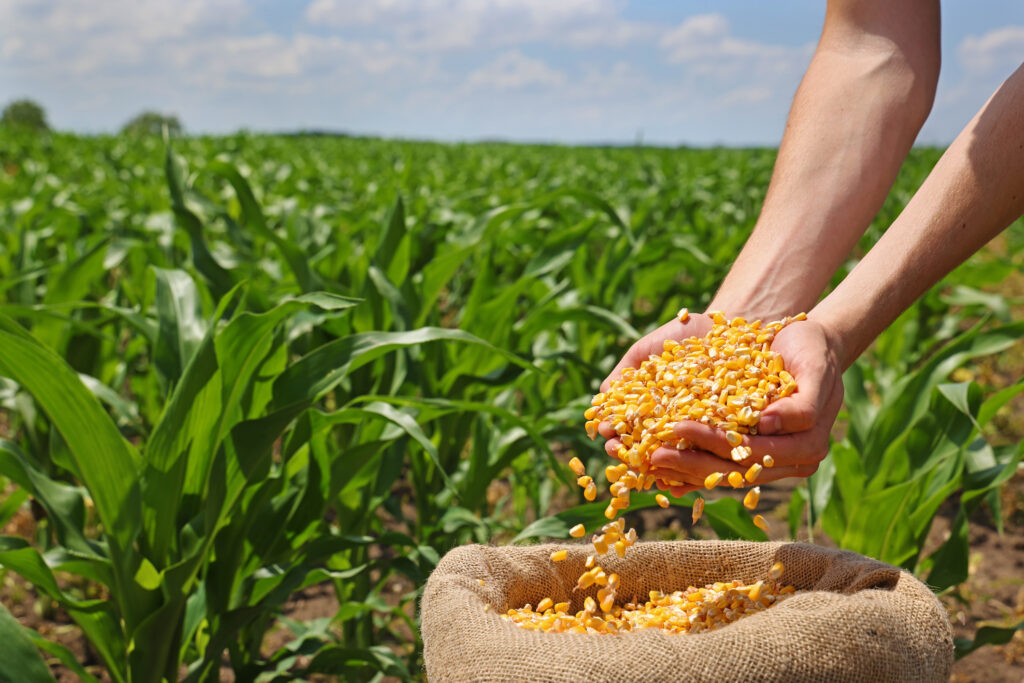
With a record corn harvest projected this year, the U.S. has an opportunity to strengthen its leadership position in corn exports… but will global competition and evolving trade dynamics get […]
New Forage Grass Named for Prize-Winning Racehorse

Timothy hay, a widely cultivated forage crop, is a staple feed for horses and livestock due to its high-quality, fiber-rich profile. Known for promoting digestive health and supporting bone strength […]
We’re in Downtown Calgary to Draw Up a Map for the Future of Plant Breeding in Canada

We’re at the interprovincial seed growers meeting in Calgary hosted by the Alberta-British Columbia Seed Growers, and our editor Marc Zienkiewicz a will host a panel discussion on The Future […]
IPK-led Research Team Provides Insights into the Pangenome of Barley

An international research team, led by the IPK Leibniz Institute, has unveiled a pangenome of barley, which includes long-read sequence assemblies from 76 wild and domesticated genomes, alongside short-read sequence […]
Gene-Drive Innovation Offers Solution to Insecticide Resistance
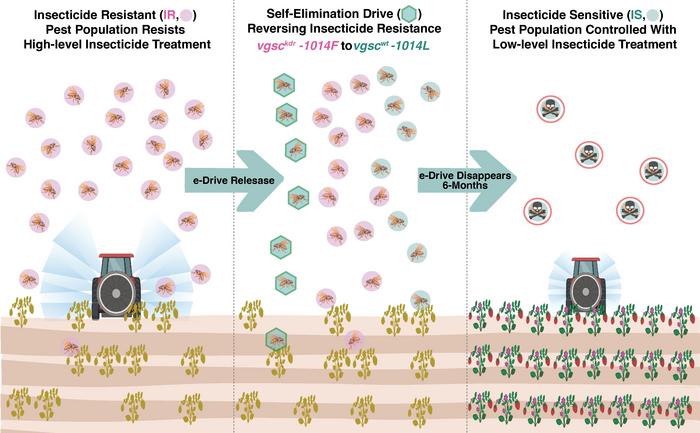
A new genetic system aims to reverse insecticide resistance in pests while minimizing environmental impact and ensuring controlled deployment. Insecticides have been used for centuries to combat pest damage to […]
Economic Pressures Urge Growers to Plan for 2025
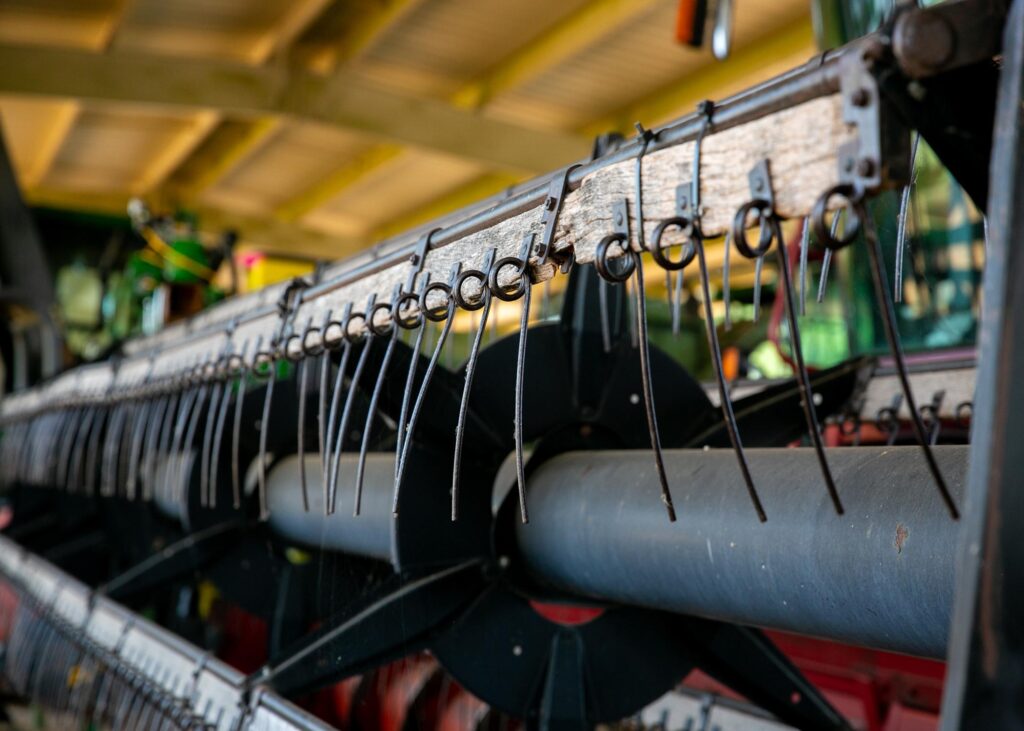
Declining prices and rising costs create a critical planning landscape for agriculture. For agricultural producers, careful planning has always been essential to staying profitable—or even breaking even. But heading into […]
Learn How to Protect Your New Plant Varieties
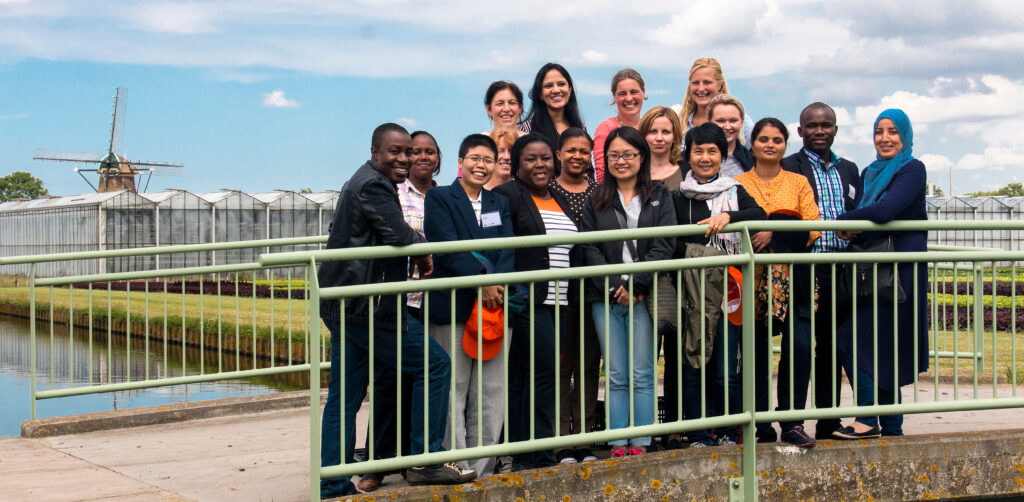
New courses on Plant Breeders’ Rights for Food Security and Economic Development. Plant variety protection (PVP) is an important tool for breeding companies to protect their new varieties. And studies […]
Starke Ayres and Computomics Partner on Vegetable Breeding with AI

Starke Ayres, Africa’s leading independent vegetable seed company, has partnered with Computomics, a global leader in AI-driven bioinformatics, to advance vegetable breeding through cutting-edge machine learning technologies. The collaboration will […]
Will Robots Replace Herbicides?
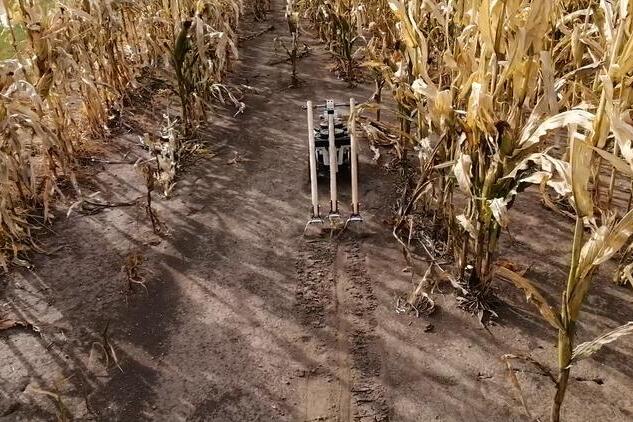
New study explores farmer adoption amid superweed threat. Herbicide-resistant superweeds pose a significant challenge to U.S. agriculture, jeopardizing weed control methods for crops like corn and soybeans. With no new […]
In the Race for More Protein, Soybean is Getting a Makeover
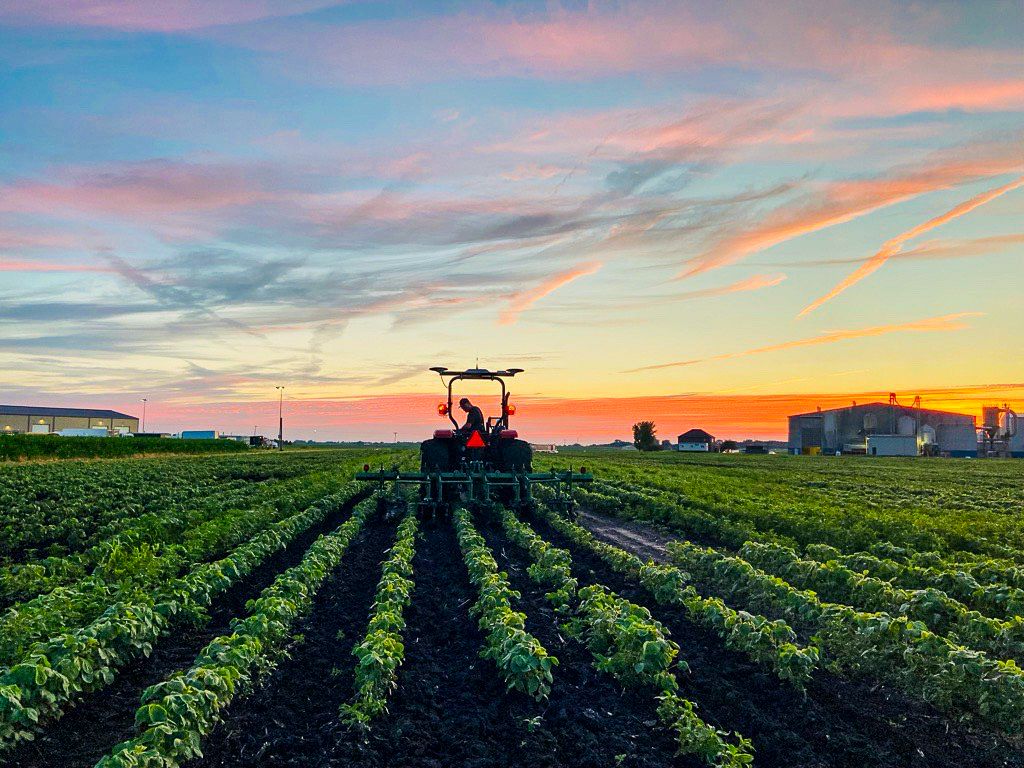
Plant breeding to meet global demand for protein is on the rise. Global demand for protein, particularly plant protein, is on the rise. However, even animal protein ultimately begins with […]
Powering Up Plant Protein

Meanwhile, gene-editing technologies are allowing for precise modifications to genes and Moolec Science, a molecular farming biotech company has focused their attention on expanding the horizons of what plant protein can do, or be. Piggy Sooy, a genetically modified soybean, with a target of up to 26% of the total soluble protein in the bean, is the first of its kind.
Un Nuevo Informe del WCR Revela Alarmantes Inconsistencias en el Sector de las Semillas de Café en América Latina
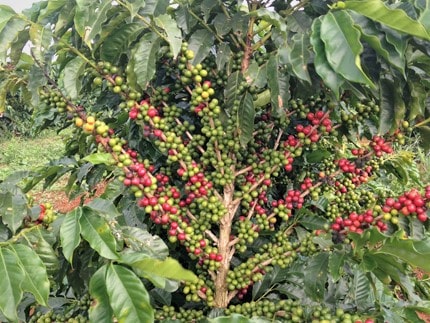
World Coffee Research (WCR), una organización estadounidense sin fines de lucro, ha dado a conocer un exhaustivo informe técnico que pone de manifiesto importantes incoherencias en el sector de las semillas de café en toda América Latina.
WCR Report Unveils Alarming Gaps in Latin America’s Coffee Seed Sector

World Coffee Research reports alarming levels of genetic nonconformity in LATAM coffee nurseries.
Can We Introduce Access and Burden Sharing

The Convention on Biological Diversity (CBD), coined in Rio de Janeiro in 1992, declared that genetic resources fall under the sovereignty of nations and therefore that nations have the task […]
Texas A&M Opens Reimagined Norman E. Borlaug Building
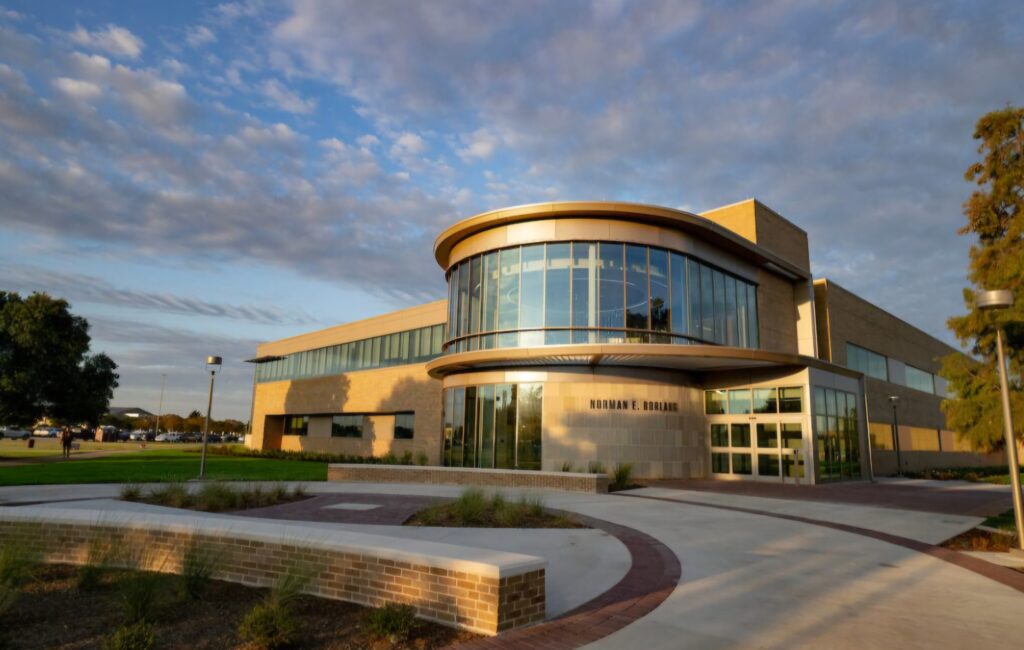
Texas A&M University celebrated the grand opening of the newly renovated Norman E. Borlaug Building this fall. A TAMU news release said the redesigned 85,355-square-foot facility is set to become a hub for groundbreaking research in nutrition, food insecurity, precision nutrition, and responsive agriculture.
New Insights Into Wild Wheat Genetics Could Advance Modern Wheat Breeding

Research detailing the genome of Tausch’s goatgrass, a wild wheat relative, has been published in Nature and detailed in a Michigan State University news release. The findings could play a […]
No-Till, No Limits
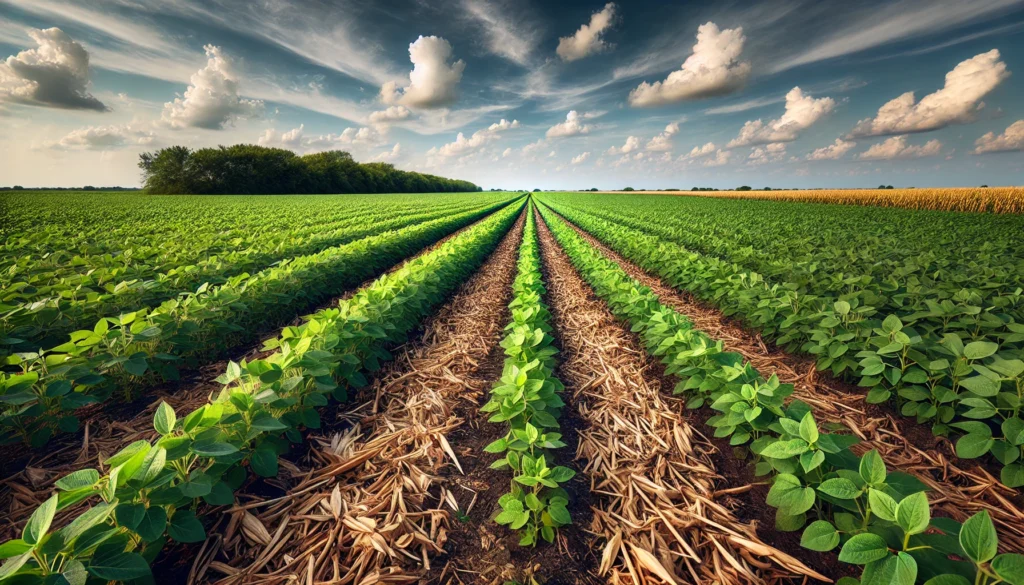
For decades, farmers across the country have discussed, dabbled and dedicated whole fields to no-till or reduced tillage practices and they have faced many challenges along the way. Seed companies have played a pivotal role in overcoming many of these challenges by breeding for rapid emergence, disease resistance, herbicide tolerance and the ability to adapt to cool soils. Additionally, developing crops for different growing regions where they previously would not be productive has given farmers a large portfolio of seeds to choose from that will thrive in no-till situations and allow for solid crop rotations
Collaborating for a Climate-Smart Future

Part 4 of “No-Till, No Limits.“ In agriculture, every challenge is a new opportunity. As the interest in no-till farming increases, there’s an opportunity for seed companies, livestock producers and […]
Evolution of Seed Treatments and Equipment

Part 3 of “No-Till, No Limits.” Additionally, changes in plant breeding and incorporating herbicide resistance by seed companies have given no-till farmers more herbicide options to tackle the weeds in […]
Seed Breeding and Traits for No-Till Success

Part 2 of “No-Till, No Limits.“ One of the early challenges to no-till was the equipment. Planters were not set up to create the nice seed beds needed for good […]
No-Till Timeline
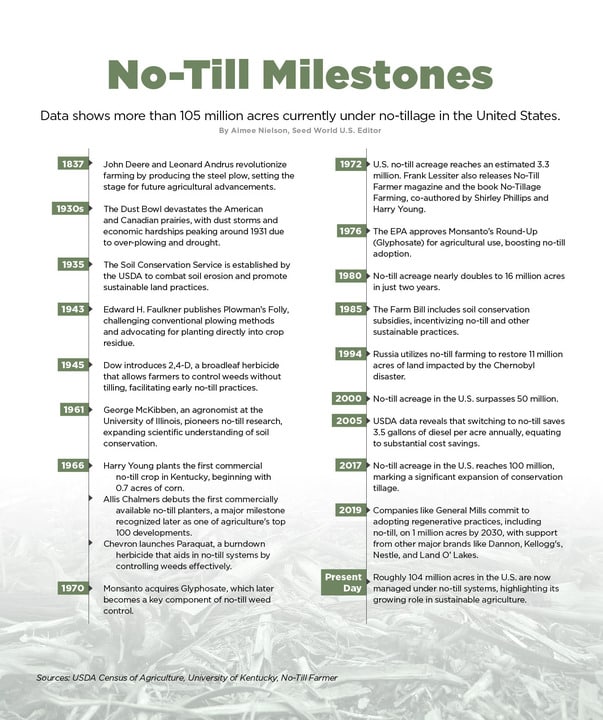
Watch our Latest Webinar On-Demand and Discover the Role AI Plays in Seed Variety Identification

With advancements in artificial intelligence transforming the landscape of seed variety identification, new opportunities exist to enhance product quality, boost customer trust and streamline logistics. This session, part of our […]
Cómo Mejorar el Movimiento de Semillas en el Mundo – Parte 1

Una Inmersión Profunda en el Enfoque de Sistemas Multilaterales POR QUÉ ES IMPORTANTE: Mover semillas alrededor del mundo puede ser un verdadero dolor de cabeza. Uno de los principales obstáculos […]
